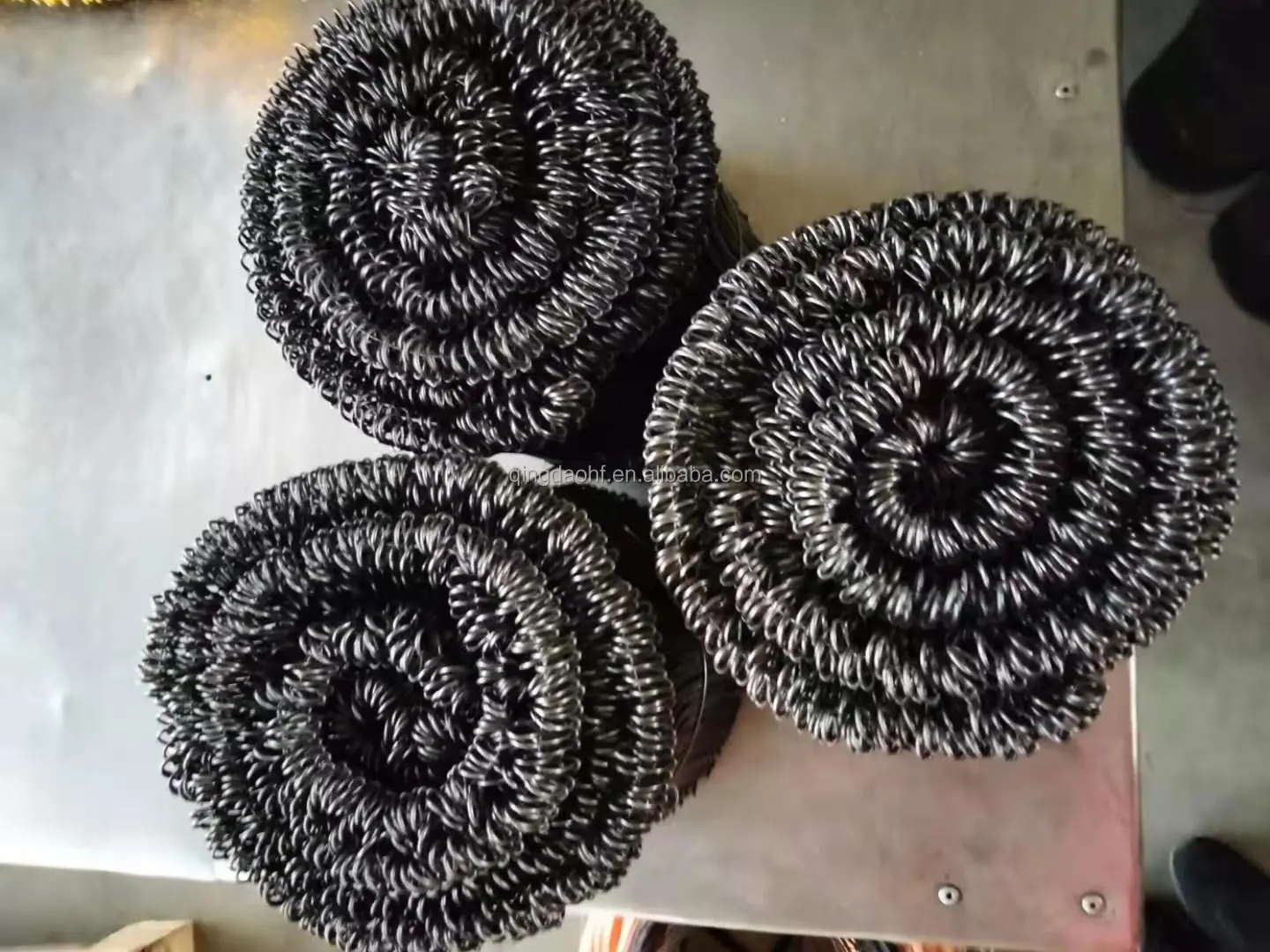Tie Wire
-
Binding Wire
$1.00 -
Rebar Tie Wire
$1.00 -
Loop Tie Wire
$1.00
Construction Binding Wire: The Unsung Hero of Concrete

Walk onto any construction site and you’ll see it – that thin, dark wire weaving through the maze of steel rebar. While it might not look impressive, binding wire is absolutely essential for modern concrete construction. Without this humble wire holding the rebar together, the steel reinforcement would shift during concrete pouring, potentially compromising the entire structure. It’s like the thread that holds a suit together – barely visible but critically important.
Types of Binding Wire: A Closer Look
Construction pros generally work with several main varieties of binding
wire, each with its own sweet spot:
Rebar Tie Wire:This is your standard workhorse – comes in big coils and gets cut and twisted on-site. Whether you’re working on foundations, columns, or slabs, this is probably what you’ll reach for first. The wire is flexible enough to work with by hand but strong enough to keep those heavy steel bars exactly where they need to be.

Loop Tie Wire:Think of these as the “ready-to-go” option. They come pre-cut with loops already formed at the ends. On bigger jobs where speed matters, these can be a real time-saver. Just slip the loops over where the rebars cross, give them a quick twist, and you’re done. They cost a bit more, but the time savings can definitely be worth it.

Binding Wire:Similar to standard rebar tie wire, galvanized binding wire is used to secure rebar. However, it is coated with a layer of zinc (galvanization), making it more suitable for environments that are prone to corrosion, such as coastal areas or chemical plants.

Material Matters: The Composition of Strength
The backbone of any binding wire is low-carbon steel – it hits that sweet spot between being strong enough to do the job but workable enough to twist and tie. Most binding wire goes through annealing (a heat treatment process) to make it more flexible and less likely to snap when you’re working with it. You’ll typically encounter:
- Galvanized Wire:Your best bet for projects near the coast or anywhere moisture is a concern. That zinc coating fights off rust like a champ.
- Black Annealed Wire:The everyday champion on most construction sites. It’s cost-effective and gets the job done.
- PVC-Coated Wire:When you need serious protection against corrosion or need to prevent electrical conductivity, this is the way to go. The plastic coating acts like armor against harsh conditions.
Specifications and Dimensions: Getting Down to the Details
When choosing binding wire, you’ve got to get the specs right. Here’s what matters:
- Wire Gauge:Most jobs use 16 to 18 gauge wire. Bigger rebar needs thicker wire – it’s just common sense. You wouldn’t tie down a motorcycle with string meant for kite flying.
- Tensile Strength:This tells you how much force the wire can take before giving up. Critical stuff when you’re talking about holding together the bones of a building.
- Coil Weight:You’ll usually find these sold in hefty coils – 25kg to 50kg is standard. Big projects might need even bigger coils.
Summary
-
Rebar Tie Wire: Suitable for general construction projects with a lower cost, but offers basic corrosion resistance.
-
Galvanized Binding Wire: Ideal for corrosive or humid environments due to its zinc coating, providing improved durability and longevity.
-
Loop Tie Wire: Offers a pre-formed loop design for enhanced stability and is well-suited for automated tying processes and projects with stringent fastening requirements.



